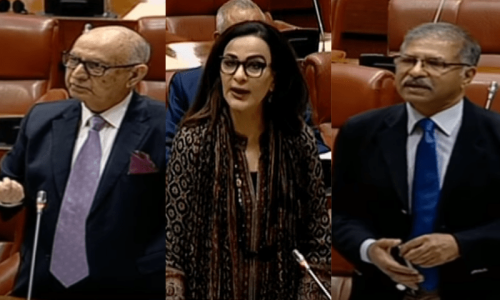
LONDON: Combustible materials used to refurbish London’s Grenfell Tower were central to the catastrophic chain of events in June 2017 that turned an ordinary kitchen fire into an inferno that killed 71 people, an official inquiry said on Wednesday.
The blaze at Grenfell Tower, a 23-storey social housing block owned by one of London’s richest local authorities, shocked Britain and threw up a range of disturbing questions about how the building had been allowed to become a tinderbox.
“Grenfell Tower was home to a strong and vibrant community that was torn apart by the fire,” said inquiry chairman Martin Moore-Bick in an introduction to his report on Phase 1 of the inquiry, which focused on events on the night of the blaze.
Having started in a fourth-floor flat due to an electrical fault in a refrigerator, the fire spread to the outside of the building and set it ablaze, racing up to the roof in less than half an hour and quickly engulfing the entire building.
The speed with which the flames spread was due to the fact that the tower’s external walls had been fitted during a refurbishment completed in 2016 with a combustible cladding and insulation system that acted as fuel, Moore-Bick said.
He said there was compelling evidence the cladding did not comply with regulations.
Grenfell United, a group representing survivors and bereaved families, said the Kensington and Chelsea local authority, which owned the building, and the companies involved in the refurbishment, had questions to answer.
Published in Dawn, October 31st, 2019













































Dear visitor, the comments section is undergoing an overhaul and will return soon.